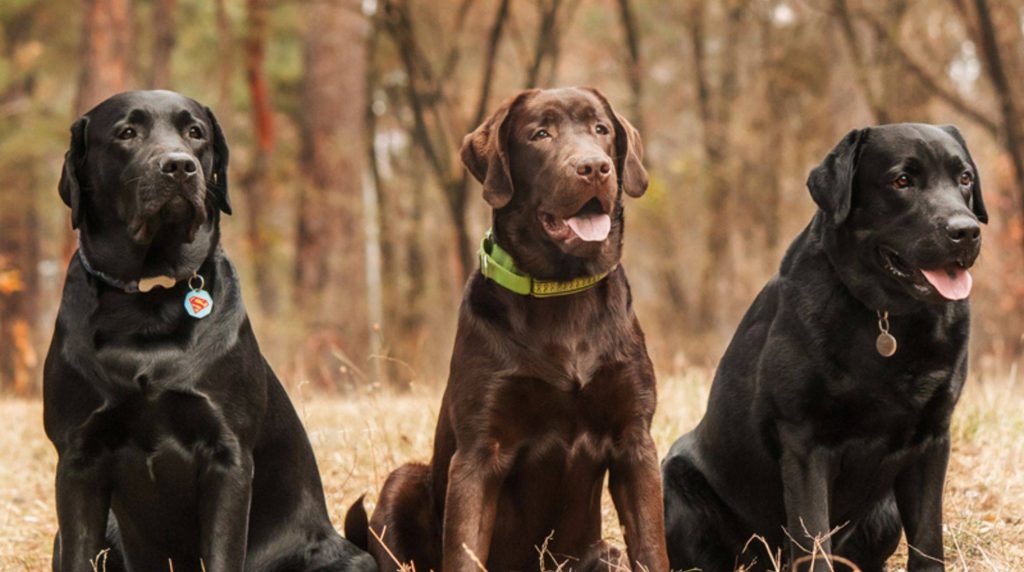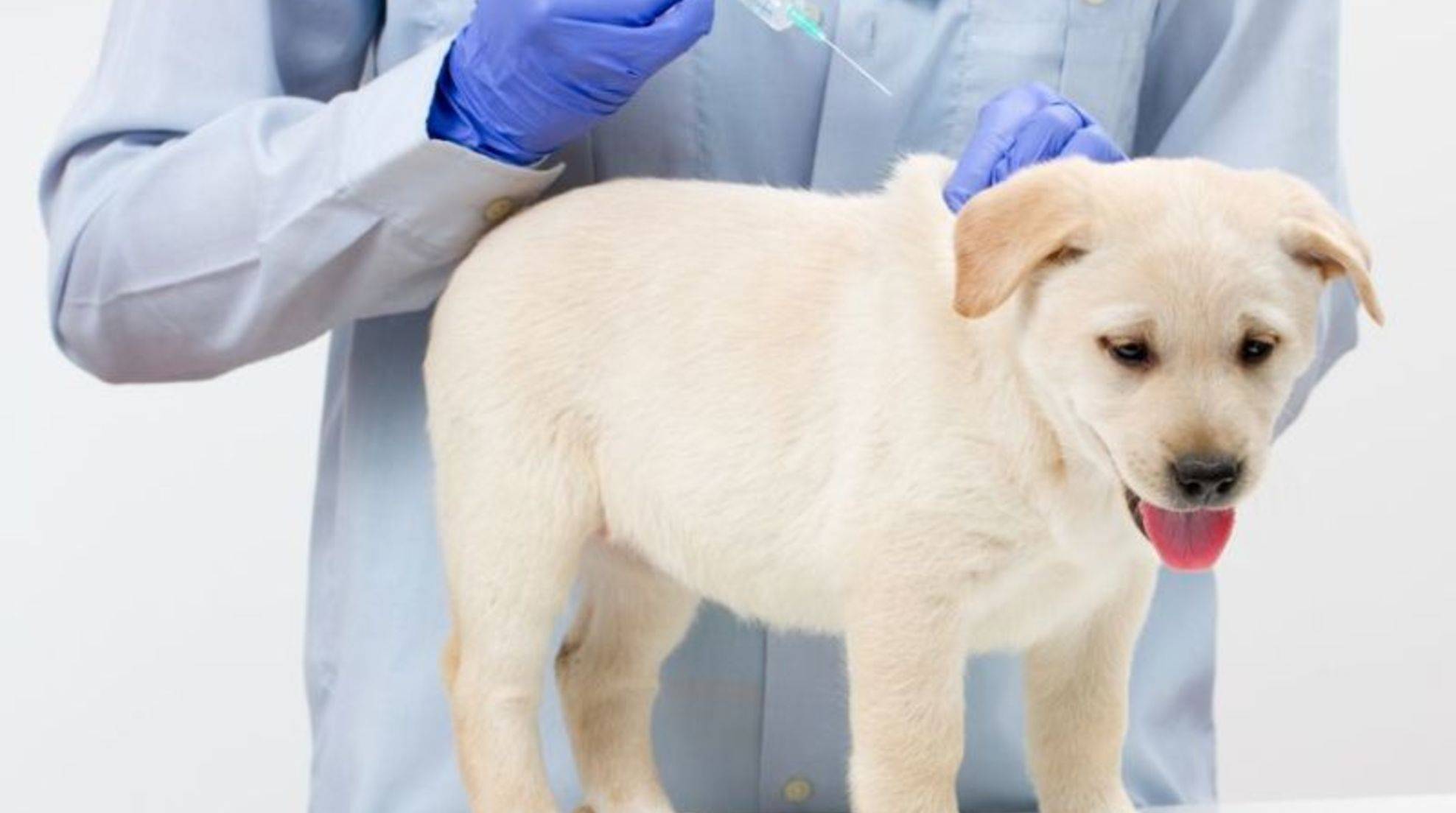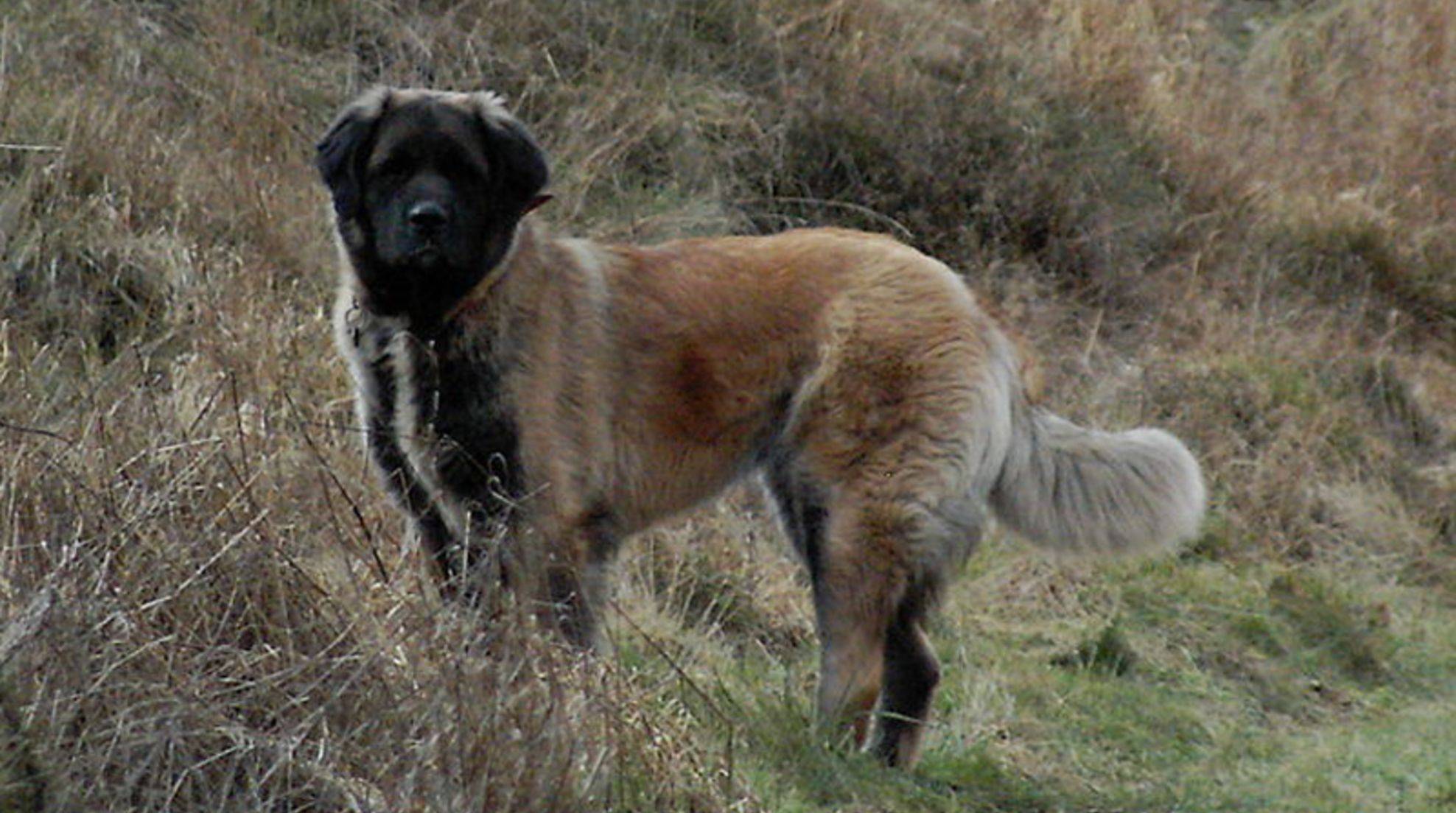Labrador: working line and show line – what is the difference?
Within the Labrador breed, there are two distinct types: the Labrador working line and the Labrador show line. But what makes the different breedings and to whom do the respective dogs tend to fit best?
The Labrador working line and Labrador show line are basically two different breeding objectives. The working line is also called the “field trial line” and the show line is also called the “classic line”.
For the working line, mainly sporty Labradors are bred, which are particularly well suited for use in hunting or for competitions in hunting dog sports (in English “Field Trial”) due to their smaller, finer stature.
A family dog does not necessarily need these characteristics, so there is also the breeding goal of the show line. The term is misleading, because it is not only about appearance, beauty and dog show suitability. The goal is rather healthy Labrador offspring, which are better suited as family dogs than specimens of the working line because of their calmer temperament.
Differences in the Labrador: working line and show line in comparison
First and foremost, the Labrador working line differs from the Labrador show line in size and weight: dogs of this type tend to be smaller, lighter and more agile than their show line counterparts. For comparison:
Labrador show line: big and cozy.
However, there are not only differences in terms of external characteristics, but also differences in the nature of the dogs. This is about tendencies, because: Each dog is above all always an individual with its own personality and dog training also plays an important role in its development.
Basically, all Labradors want to please their favorite people and are both sociable and eager and capable of learning. In the working line, however, this so-called “will to please” is more pronounced than in the show line, whose representatives are somewhat more leisurely and relaxed.
Show line or working line: What suits you better?
The Labrador working line produces dogs that need a lot of activity through dog sports, retrieving and hunting games. They are more suitable for experienced dog owners who want to participate in tournaments with their four-legged friend and do intensive dog sports. They are also a better choice as companions for hunting.
Beginners and parents who are looking for a reliable, tolerant and adaptable dog will probably do better with a Labrador of the classic line. But beware: even a Labrador of the show line wants to be moved! Those who do not move much are generally not well advised with this active dog breed.
If you have any questions or doubts, you can get more information from your dog breeder – a good breeder will be able to answer all your questions.








